The 28th season of Jazz Under the Stars will kick off tomorrow and we are all very excited about this year’s lineup. A full schedule and brief details on each of the groups can be found on our concerts page. I recently had the chance to chat with Tim Ries, saxophone player and featured artist for the June 9 Jazz Under the Stars concert. I was excited to get to ask him a few questions about his background as an artist, his time with the Rolling Stones, and The Rolling Stones Project. Watch a video of Tim performing his arrangement of Satisfaction from The Rolling Stones Project.
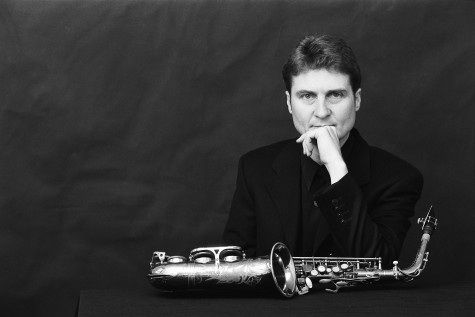
Q: What made you first get into jazz, and music in general?
My dad played the trumpet and had a band, although it was not his full-time job. I grew up in Detroit, so he also took me to all the concerts that toured through the area. I got to see all the famous big bands when they were on tour, like Woody Herman Band, Maynard Ferguson, Count Basie, and the Ellington Band. Then of course my dad also had all the jazz greats playing at home too, like Louis Armstrong.
My sisters were all into the Beatles and Rolling Stones so I heard that a lot growing up too, which is great since now I play with the Stones.
Q: So, what was your “career path” as an artist?
When all the Motown bands left the Detroit area for California in the early to mid 70s, many of the “sidemen” stayed in the area. I had the chance to play with these guys from a very young age. That was really great. Then I went to the University of North Texas for my undergrad and got my masters from the University of Michigan. And I am actually working on my DMA at the Manhattan School of Music right now. From 1983 to 86 I was in the Maynard Ferguson band, so I guess that would be considered my first “touring gig.”
After that, I moved to New York, where I have lived since. I play a lot in the city and travel all around to play with many people and many different types of music. I have had the chance to work with lots of great musicians, including Donald Bird, Joe Henderson, Michael Brecker, Stevie Wonder, and Michael Jackson.
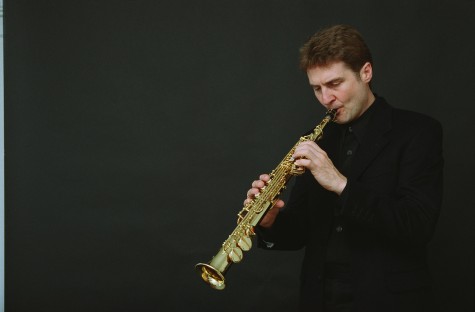
Q: When did you start working with the Rolling Stones and how did you get this gig?
I started touring with the Rolling Stones in 1999. I had worked with their trombone player, Mike Davis, before and the saxophone spot opened up so he called me. They needed someone who could play saxophone as well as keyboard and organ and I could do it. So it really was a matter of who you know, being in the right place at the right time, and being a versatile and well-rounded musician.
Q: What is your favorite concert, or road experience?
Well, two things come to mind…
Many years ago I was booked on a recording session with Elvin Jones, who is my favorite jazz drummer of all time. I was very excited to be part of this session. Then on the same evening of the Jones session, I was booked to play a Stevie Wonder concert. Stevie is my favorite singer. Talk about an exciting day!
The second one was a Stones gig in Rio, on the Copa Cabana Beach, where we played for 1.5 to 2 million people. The concert promoter could not give an exact count because of the huge size of the crowd! They had to build a bridge over the road to the stage–over all the people–simply so the band could get to the stage to play the show. The “awesome factor” of that many people is almost indescribable.
Q: What inspired “The Rolling Stones Project” and the follow-up album, “Stone World”?
I had been wanting to do a “jazz album” of current popular music for awhile. I wanted to do something totally new and not just new arrangements of the same old standards from the 30s, 40s, and 50s. Having been with the Stones for several years by then, I thought, “why not do this project with their tunes as ‘modern day’ standards?” Charlie Watts got into the project first and was going to be the guest drummer on a couple of tracks. Then Keith Richards got in on a few tracks, and by the time the first album was finished, we had over twenty-five guest artists on it. The second album ended up with seventy-five guests, including all the original Stones members again, as well as an overall all-star lineup.
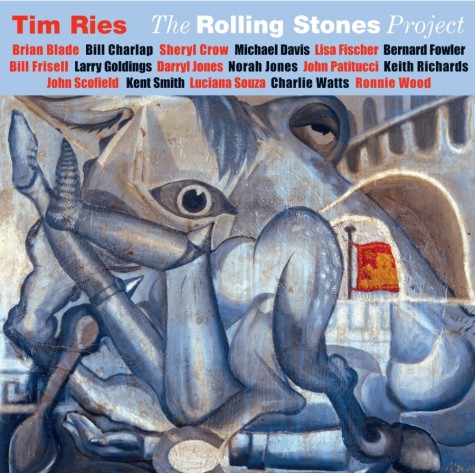
Q: What new projects are on the horizon for you?
I will have two new CDs coming out this year. The first one that will be released was actually recorded in between the time of The Rolling Stones Project and Stone World. The second is a live CD recorded more recently in a New York club called Smalls. It features John Patitucci, Chris Potter, Billy Drummond, and Kalman Olah.
I also have many recordings and video footage of additional Stones songs done in big band arrangements that I would like to release sometime in the near future as well.
Mostly, in my own projects, I don’t want to be classified as only a jazz artist. I want to do projects where I have a chance to make great music with all the great musicians that I have had the honor to work and play with over the years.
Don’t miss your chance to see Tim Ries and The Rolling Stones Project featuring Bernard Fowler on Thursday, June 9!
Denise Helbing is Manager of Partner Programs at the Dallas Museum of Art.
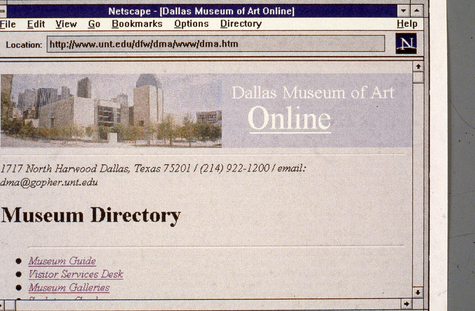

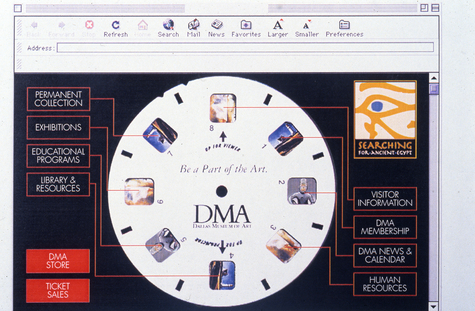
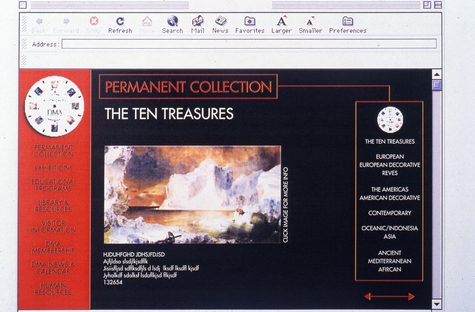
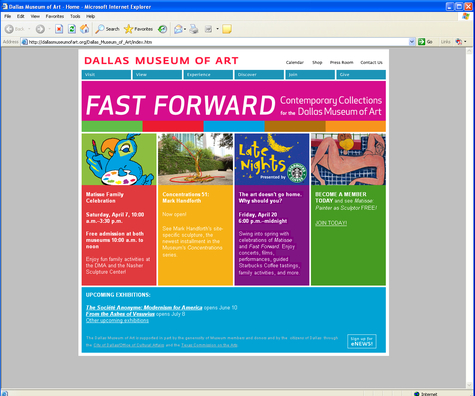
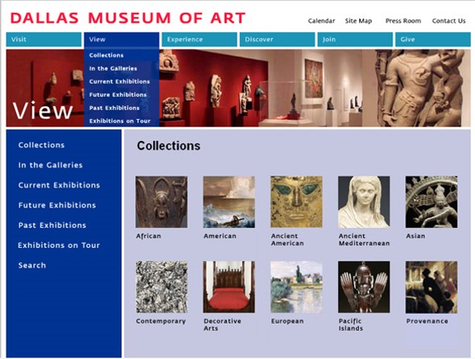
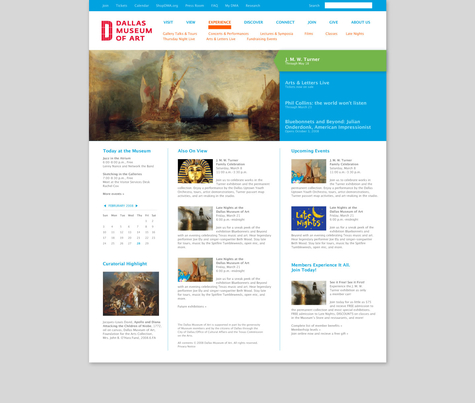
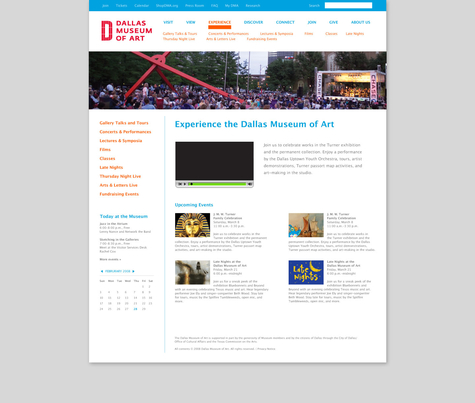










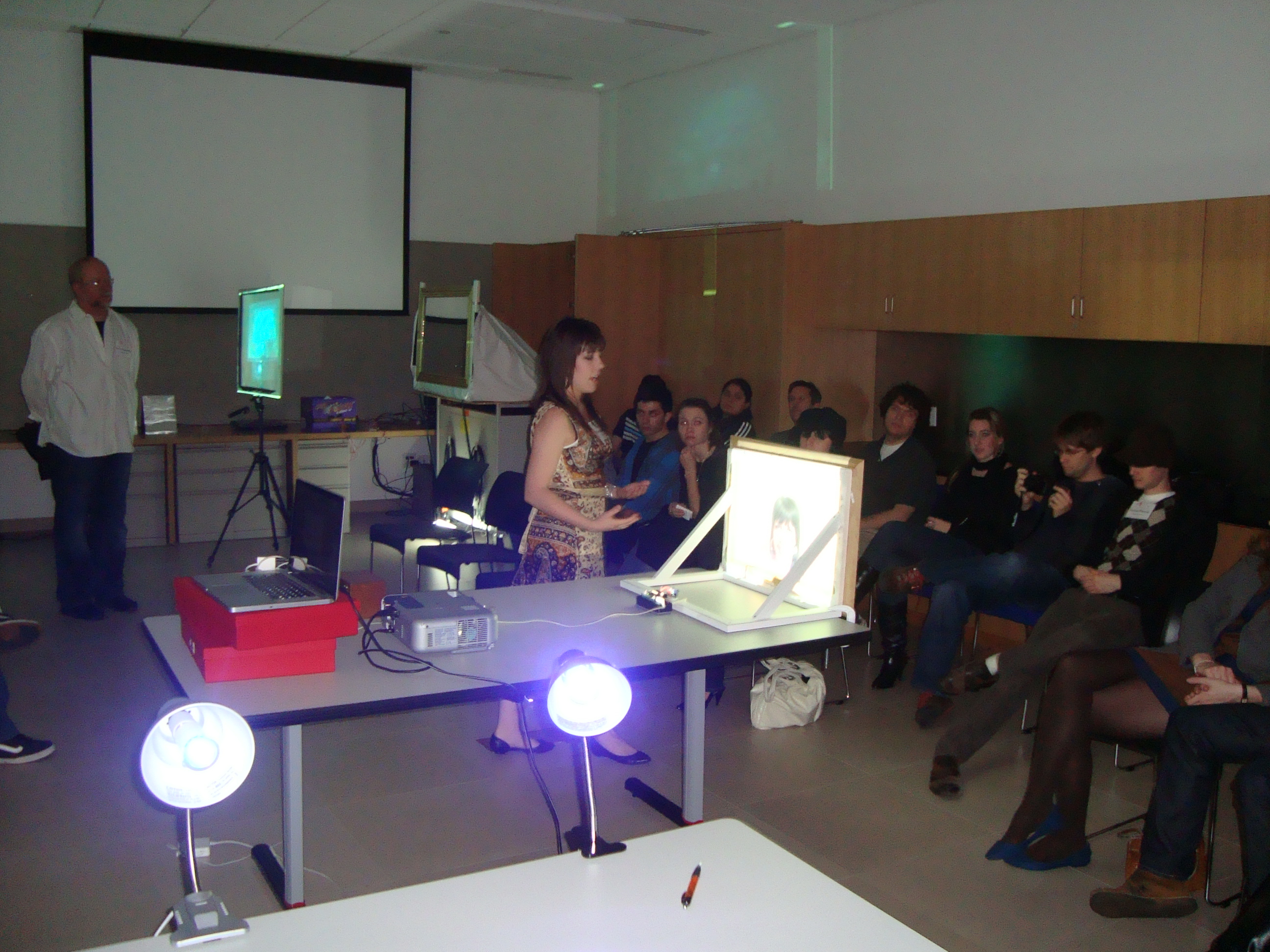
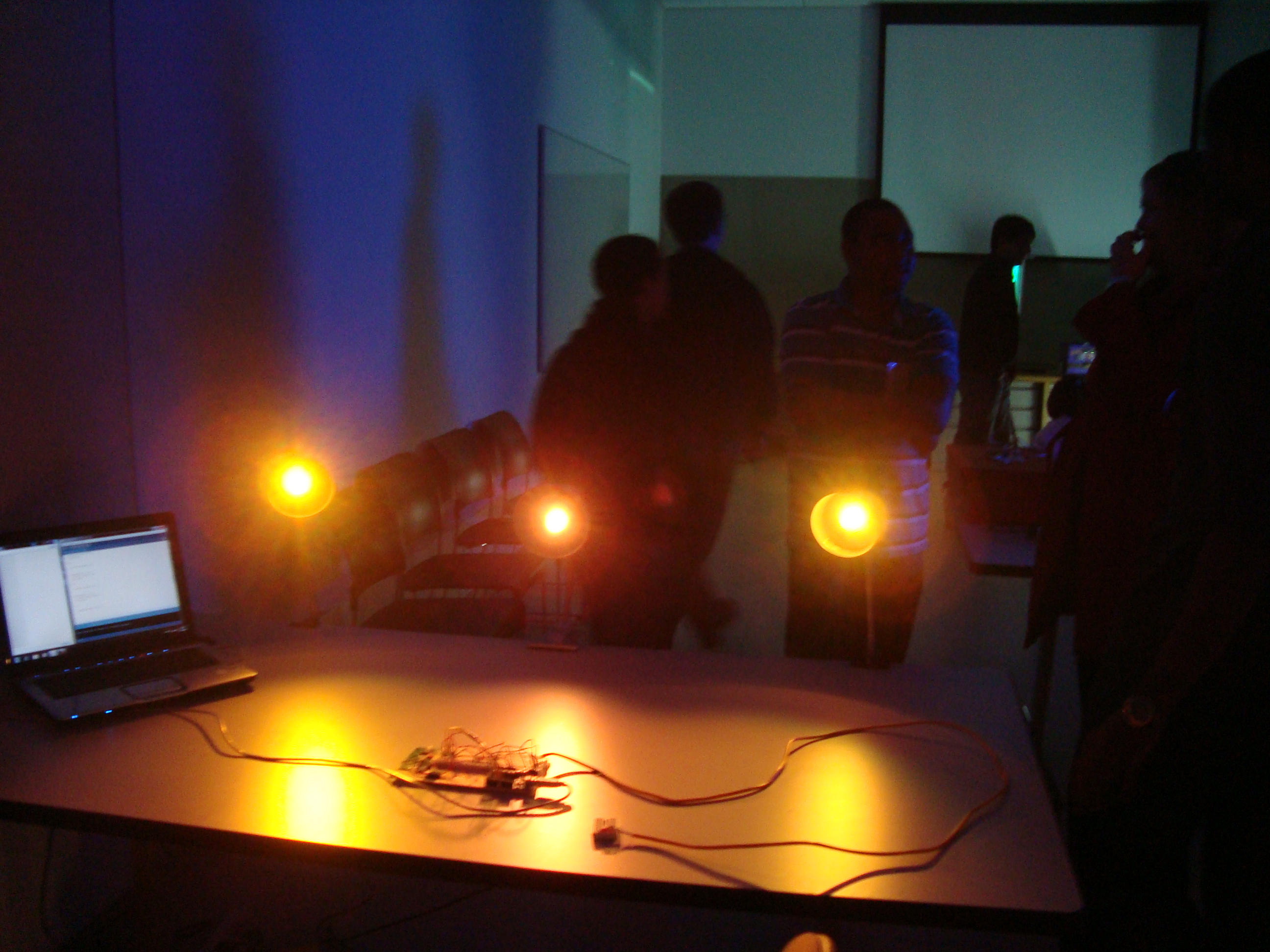
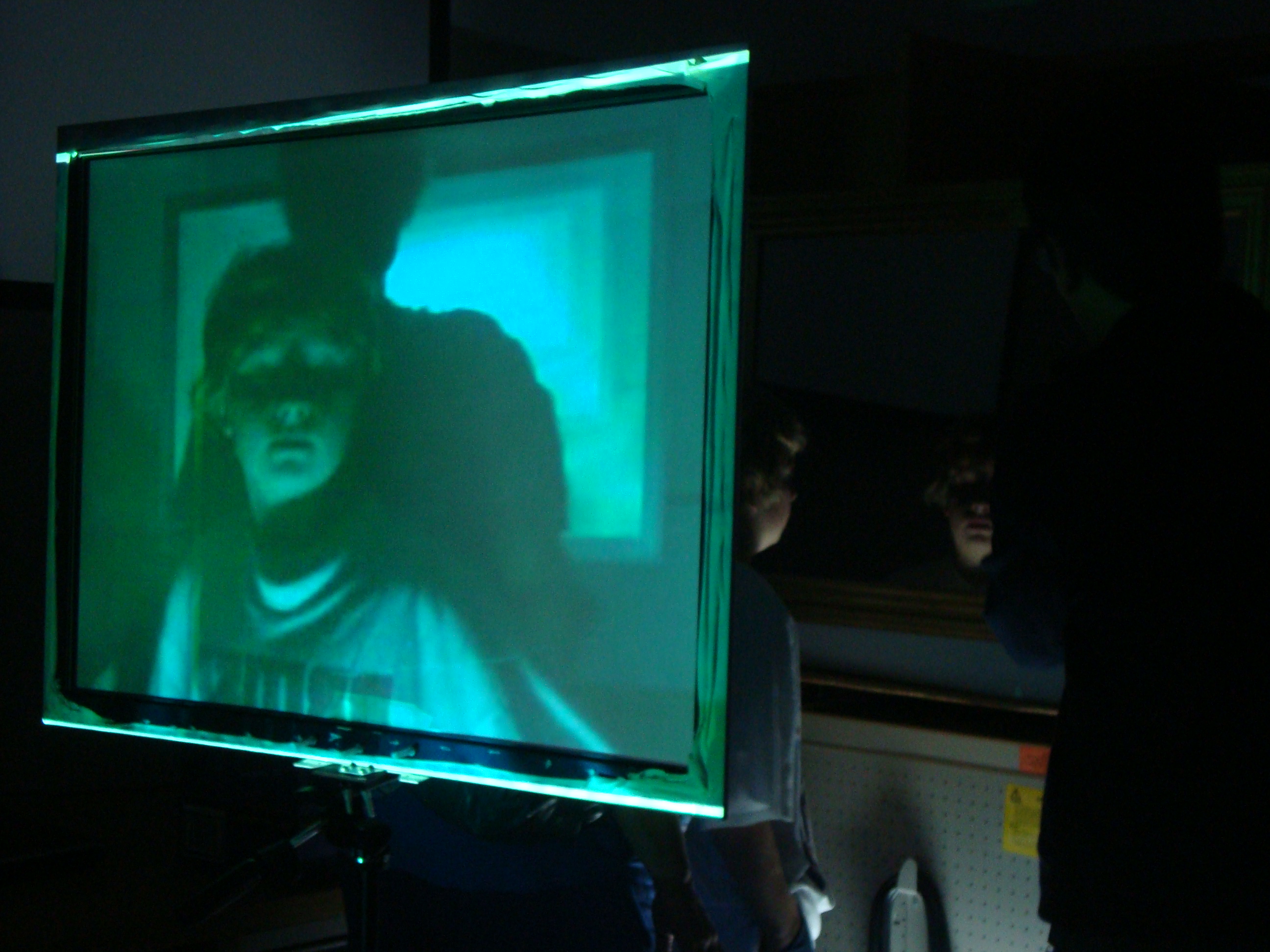
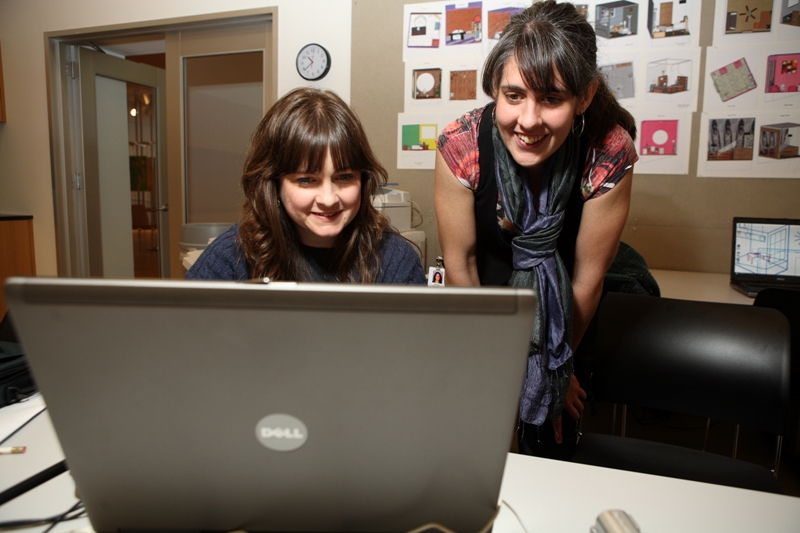 I invite you to make your way soon to the
I invite you to make your way soon to the 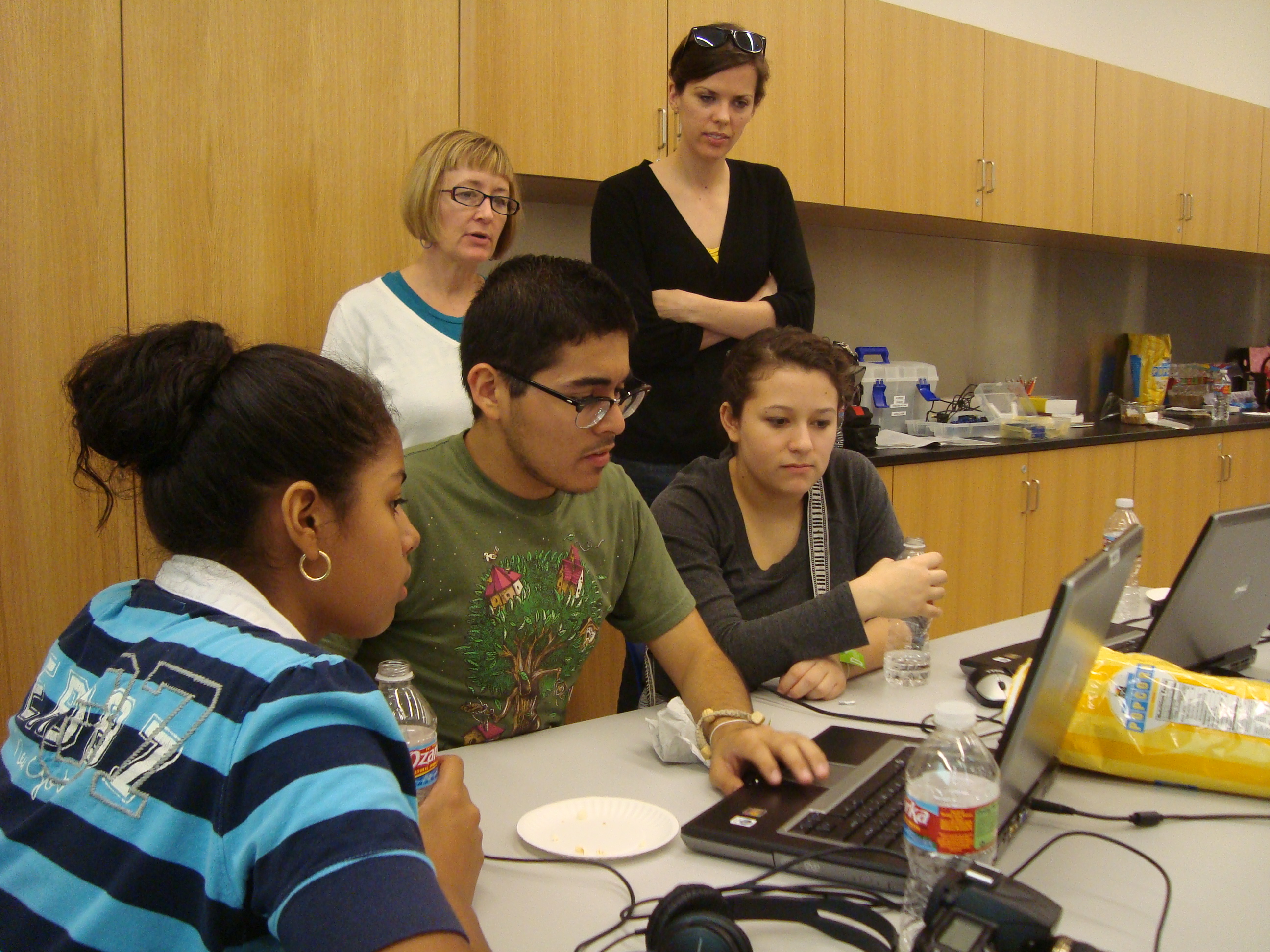 High School video club met with local painter and filmmaker,
High School video club met with local painter and filmmaker,